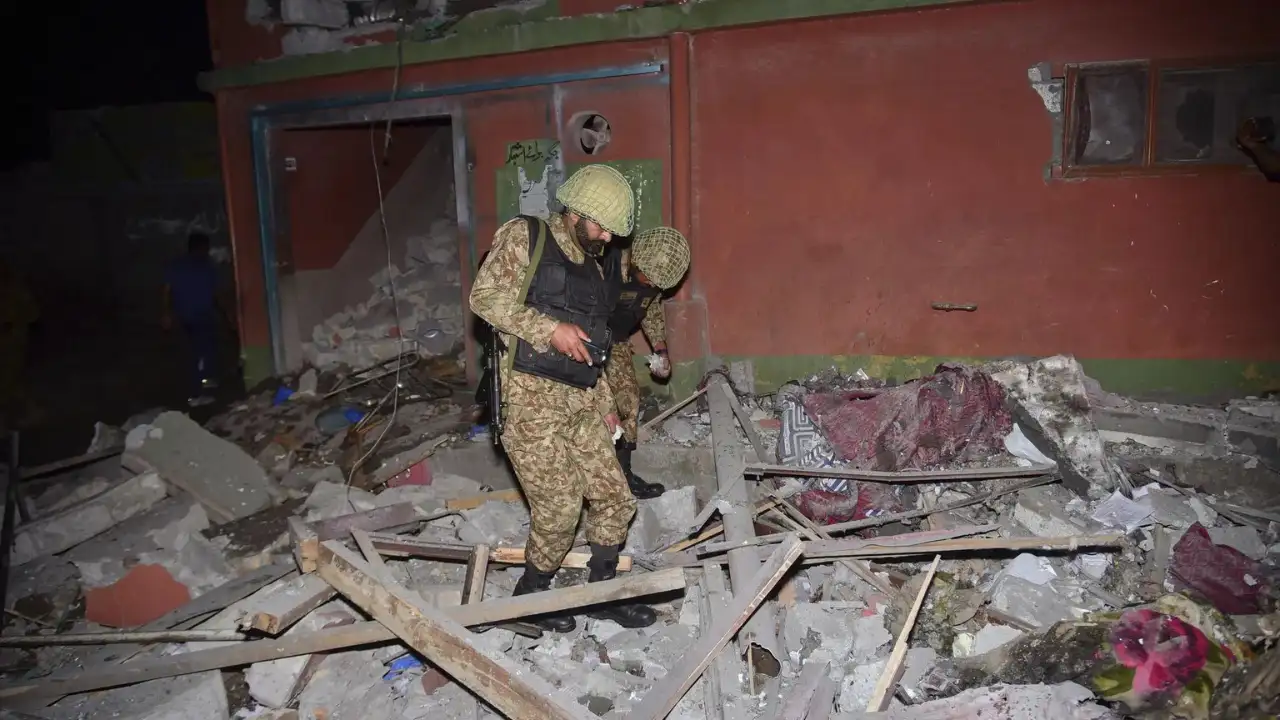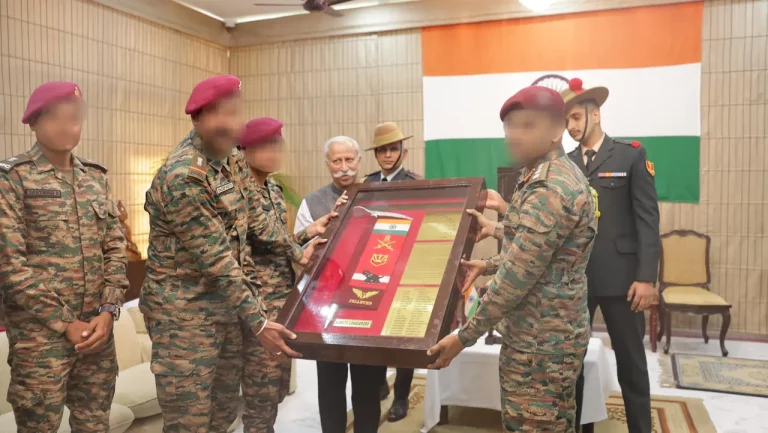In a decisive military operation, India executed targeted strikes against terrorist infrastructure situated in Pakistan and Pakistan-occupied Kashmir (PoK) early Wednesday morning. Codenamed Operation Sindoor, this operation was a direct response to a terror attack in Pahalgam, Jammu and Kashmir, that claimed the lives of 26 civilians on April 22.
The meticulously planned 25-minute mission took place between 1:05 am and 1:30 am, during which nine identified terrorist camps were accurately struck. Wing Commander Vyomika Singh and Colonel Sofiya Qureshi addressed the media, emphasizing that each attack was based on detailed intelligence and aimed at mitigating terrorist threats while minimizing civilian casualties and preventing escalation.
Operation Sindoor showcased India’s advanced precision-strike capabilities through a combination of air-launched and ground-based munitions.
Highlighted among the arsenal used in Operation Sindoor were the SCALP-EG (Système de Croisière Autonome à Longue Portée – Emploi Général) cruise missiles, renowned for their long-range capabilities exceeding 500 kilometers, allowing for deep penetration into enemy territory. Launched from Rafale fighter jets, these missiles targeted high-value installations while avoiding detection and interception.
Another key component was the HAMMER (Highly Agile Modular Munition Extended Range) smart weapon system, which transforms general-purpose bombs into guided munitions. This system allows for impressive operational flexibility and high accuracy, particularly in challenging terrain and adverse weather conditions.
Additionally, guided bomb kits converted conventional unguided bombs into precision-targeted munitions, enhancing strike effectiveness even under low visibility due to weather. These kits, both domestically developed and imported, repurpose legacy ordnance for contemporary combat scenarios.
The M777 howitzers, known for their lightweight and efficiency in high-altitude regions, were deployed with M982 Excalibur rounds—GPS-guided artillery shells capable of striking precise targets from distances of up to 40 km. This capability reduces risks to surrounding infrastructure while effectively neutralizing enemy bunkers and camps.
Loitering munitions, or kamikaze drones, played a significant role by hovering over targets and delivering strikes with real-time engagement. This blend of surveillance and strike functions allowed for precision targeting, particularly in dynamic combat situations.
Colonel Qureshi affirmed that all strikes were informed by credible intelligence connecting them to cross-border terror activities, with operations designed to safeguard civilian infrastructure and minimize non-combatant casualties.
Foreign Secretary Vikram Misri characterized the strikes as a “measured, non-escalatory, and proportionate” response under international law, asserting that the intent was to deter further terrorism rather than provoke a wider conflict.
Operation Sindoor exemplifies India’s evolving military strategy, integrating intelligence with advanced weaponry and swift execution to assert its sovereignty while maintaining strategic restraint.



















